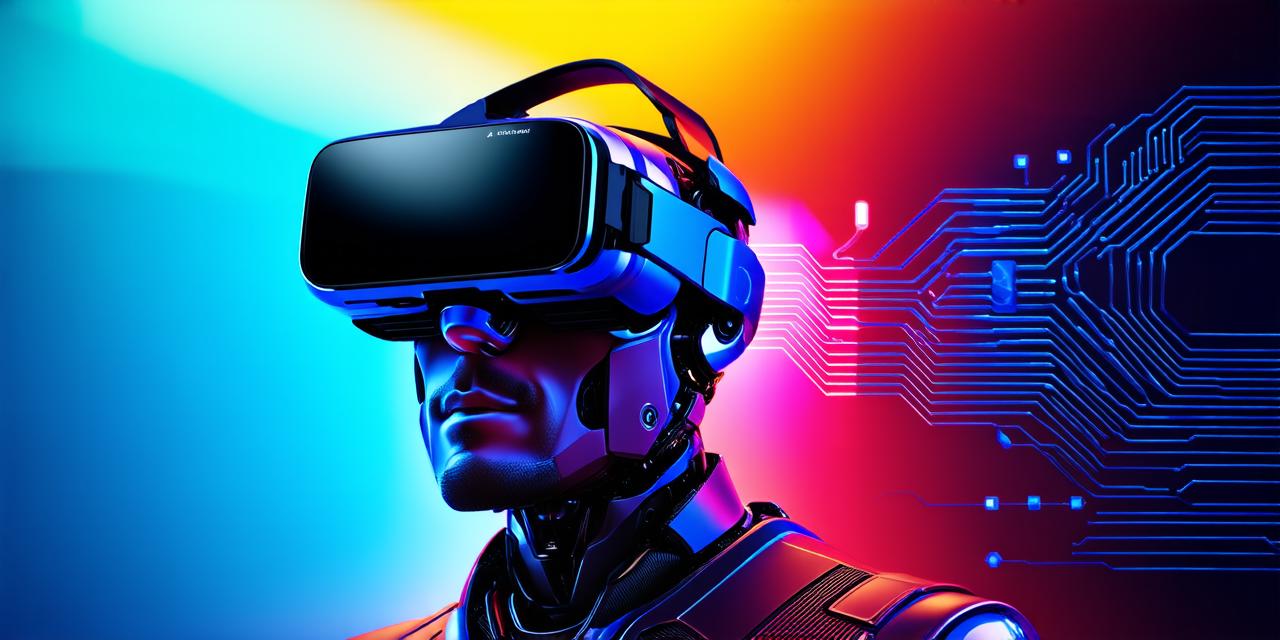Virtual Reality (VR) vs Artificial Intelligence (AI)
Virtual reality (VR) and artificial intelligence (AI) are two rapidly developing technologies that have been generating a lot of buzz in recent years. While they may seem similar at first glance, there are several key differences between them.
What is Virtual Reality?
Virtual reality is a computer-generated simulation of a 3D environment that can be interacted with in real-time by a user using specialized equipment such as a headset or gloves equipped with sensors. The goal of VR is to create an immersive experience that feels like being in a physical world, but with the added benefit of being able to interact with it in ways that would be impossible in real life.
What is Artificial Intelligence?
Artificial intelligence, on the other hand, refers to the development of computer systems that are able to perform tasks that would typically require human intelligence. These tasks can include things like understanding natural language, recognizing patterns, and making decisions. AI can be categorized into three main types: narrow or weak AI, general or strong AI, and supervised and unsupervised learning.
Differences Between Virtual Reality and Artificial Intelligence
Now that we have a better understanding of what VR and AI are, let’s take a closer look at the key differences between them:
1. Goals and Objectives
Virtual reality is focused on creating immersive experiences that feel like being in a physical world. The goal of VR is to simulate the environment and allow users to interact with it in real-time. On the other hand, AI is focused on developing computer systems that can perform tasks that would typically require human intelligence. The goal of AI is to create intelligent systems that can learn and adapt on their own.
2. Technologies and Equipment
Virtual reality requires specialized equipment such as a headset or gloves equipped with sensors. This equipment allows users to track their movements and interact with the virtual environment. AI, on the other hand, can be implemented on a wide range of devices from smartphones to supercomputers. While some AI applications may require specialized hardware, many can run on standard computers.
3. Applications and Industries
Virtual reality is primarily used in gaming and entertainment industries. However, there is growing interest in using VR for other applications such as training, education, and therapy. AI, on the other hand, has been used in a wide variety of industries such as healthcare, finance, and transportation.
4. Learning and Adaptation
Virtual reality is focused on creating immersive experiences that feel like being in a physical world. While VR systems can learn from user behavior and adapt to new situations, they are not truly intelligent in the way that AI systems are. AI systems, on the other hand, are designed to learn and adapt on their own through techniques such as machine learning and deep learning.
5. Human Involvement
Virtual reality is a highly interactive experience that requires human involvement. Users must wear specialized equipment and interact with the virtual environment using their movements and gestures. AI, on the other hand, can be implemented without any direct human involvement. However, many AI applications do require human input in the form of data and training sets.
Case Studies and Personal Experiences
Virtual Reality
1. Training and Simulation
Virtual reality has been used to create highly realistic simulations for training purposes in fields such as aviation and military. For example, pilots can use VR simulations to practice flying in a safe and controlled environment.
